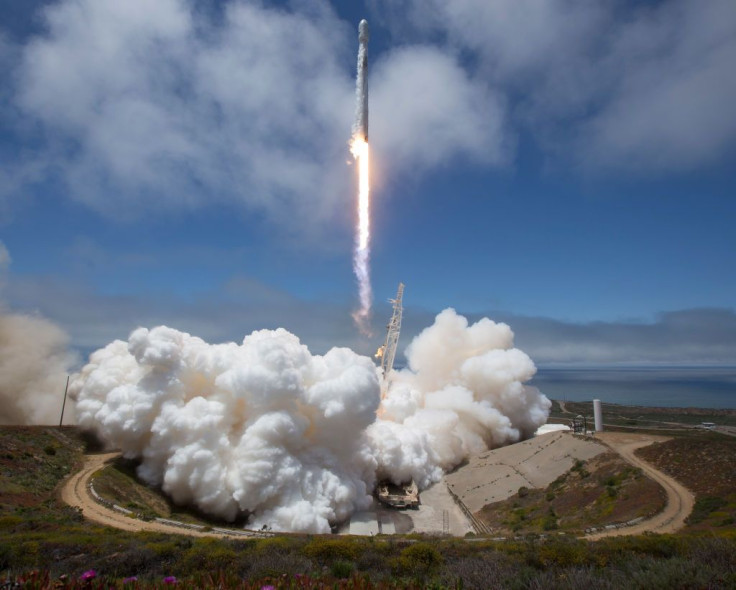SpaceX Dragon Successfully Launches NASA Cargo To Space Station

The SpaceX Dragon cargo mission is on its way to the International Space Station (ISS), along with 5,500 pounds of NASA supplies and science investigations such as research on the Earth’s carbon cycle and asteroid and comet formation.
The Dragon cargo mission was successfully launched after a failed Main Bus Switching Unit (MBSU) aboard ISS was replaced with a spare. The MSBU is responsible for the robotic arm that receives supplies from SpaceX’s Dragon. The replacement of a spare MSBU for the robotics did not involve a spacewalk.
In the ISS, NASA continues to pioneer new methods to explore space. These include robotic works, refueling of spacecraft during flights and developing a new system to aid astronauts. NASA believes that these advancements will be of great importance, especially since the U.S. space agency is hoping to bring astronauts back to the Moon by 2024.
The robotic arm will be controlled by Expedition 59 astronauts David Saint-Jacques of Canadian Space Agency and Nick Hague of NASA. It will allow them to grapple Dragon cargo and coverage of robotic installation to the Earth-facing port of the Harmony module.
The latest SpaceX Dragon mission is the 17th unmanned cargo flight to ISS under NASA’s Commercial Resupply Services contract. NASA will continue to focus on research and development aboard ISS to contribute to future deep space exploration, including the plan to send astronauts back to the Moon’s surface in five years.
The following are some of the important scientific investigations that were delivered by the Dragon cargo:
Measuring Atmospheric CO2 from Space
Research on the planet’s carbon sources will provide some assistance in accurately forecasting increased atmospheric heat retention and reduce long-term risks.
Putting Microalgae on the Menu
This investigation aims to show how microalgae can be integrated into the existing life support system on ISS. NASA aims to improve the recycling of resources by cultivating microalgae in food as it will generate oxygen and consume carbon dioxide.
Organs on Chips Advance Human Health Research
Tissue chips are new technologies used by scientists which could help to detect the effectivity of human drugs. This investigation will allow scientists to make observations over the course of just a few weeks rather than the months that observation in Earth’s laboratory would have taken.
Multi-Use Microgravity Experiment Platform
This study will give insight into the formation and behavior of asteroids, comets, impact dynamics and planetary evolution by collecting and analyzing regolith, dust fragments of asteroids and moon.
These are just a few of the numerous investigations led by NASA on how to keep astronauts healthy during the long space travel to the Moon and Mars.
© Copyright IBTimes 2024. All rights reserved.





















